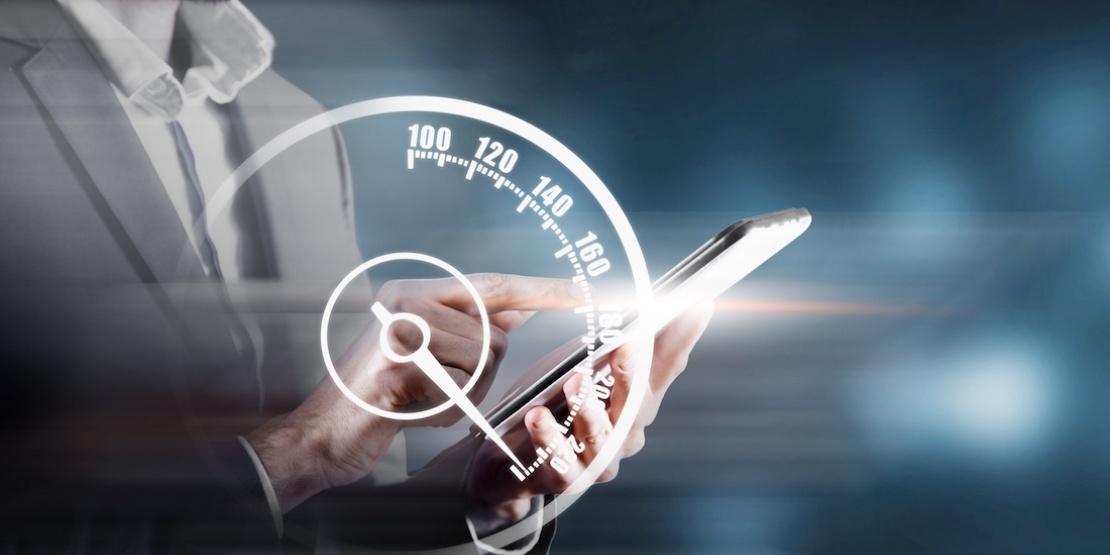A recent study by Fed Supply & Leyton reveals a little-known fact: when it comes to adopting the latest technology—particularly e-procurement—purchasing departments still have a long way to go. In fact, 49% of companies surveyed said that they do not use e-procurement solutions, even though over two thirds of them manage significant volumes of purchases each year (totalling over 10 million euro).
A closer look at e-procurement solutions
In terms of procurement solution providers, Ariba and Basware are particularly popular. Technology engineered by these companies is used in 10% of procurement departments, while another 22% use an in-house solution. The remaining two thirds rely on a variety of tools.
Companies cite three main benefits of e-procurement solutions:
- A direct connection with their suppliers (pricing data, commercial conditions etc. automatically updated)
- Budgetary control
- Process digitalisation, particularly regarding the creation of orders, purchase requests etc.
What's next?
Alongside e-procurement, other new technologies are appearing on the market, including artificial intelligence. For most companies, this topic is as widely publicised as it is vague.
The survey found that 45% of respondents were unaware of their company's level of adoption of these tools. Furthermore, most do not have a clear idea of their potential operational applications, such as automating data management (consolidation, duplication, distribution etc.), detecting and flagging up disparities and optimising total costs of ownership.
Eventually, these new technologies should also promote sustainable approaches to procurement, which, the study figures show, is no small matter:
- Of those surveyed, 40% said that their company is in an awareness-building phase for these subjects
- Of these respondents, 77% are not familiar with the ISO 20400 standard.
With the current crisis increasingly requiring procurement departments to be more efficient and more responsive, the introduction of new technologies, starting with e-procurement, seems inevitable.









